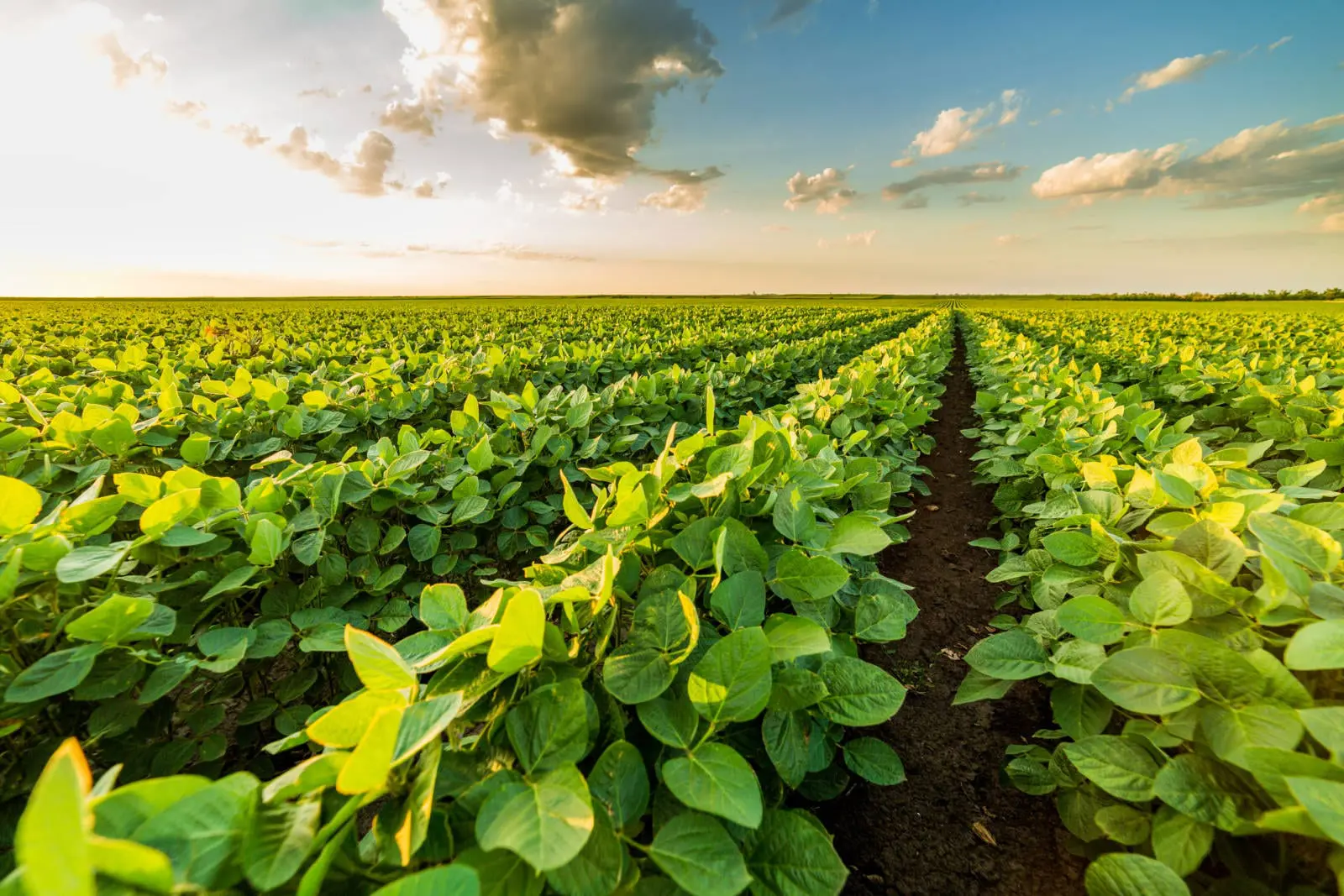Farmers are always innovating in order to improve
Sustainability takes flexibility. Farmers understand what works well for one field on their farm may not work for another, so they are always adjusting their practices to address the needs of their operations. Using technology allows farmers to make the best decisions to grow the best crop and protect the environment.
Micro Decisions Have Macro Results
Continually working toward sustainability is no small task. Farmers use multiple tools to understand the unique needs of each field so they can produce more and better food while using fewer resources.
Carla Shultz of Michigan has a multi-crop and livestock operation in Michigan. She says they use a variety of sustainable farming practices, depending on the crop they’re growing, the soil type and conditions of the field.
“Some fields need more nutrients than others,” Shultz explains. “Some face more pests, such as weeds, insects and disease.”
Farmers use precision farming tools and information to ensure they’re applying the right amount of nutrients and crop protection products to produce a successful crop. Technologies like GPS, sensors and computer monitors precisely manage the inputs for crops and fields.
On her Nebraska grain farm and beef cattle ranch, Diane Karr also uses these tools to gather data and make operational decisions.
“We can change our seeding and application rates to be sure we’re applying the right amount of seed, fertilizer and crop protection products to each area of our fields,” Karr says.
Exact application at the farm level preserves high yields while using fewer resources and has a significant role in the larger environmental impact of soybean production. According to the Field to Market 2016 National Indicator report, during the last three decades U.S. soy farming practices have:
- Lowered energy usage by 32 percent.
- Reduced irrigation water usage by 32 percent.
- Cut greenhouse gas emissions by 38 percent.
- Trimmed per bushel land usage by 40 percent.
- Increased crop yields by 29 percent.
Technology Allows Adaptability
Many of those sustainability gains come through on-farm technology that allows farmers to adjust practices across large areas based on real-time data.
“Farms have to keep getting larger to stay in business,” says William Layton, a Maryland soybean farmer and United Soybean Board (USB) director. “And to do that, we have to be able to quickly and easily identify areas of opportunities or issues.”
Precision agriculture technology offers information about growers’ vastly different fields on smartphones and tablets. That mobile information access lets farmers change course, for each specific field, from anywhere.
“Remote access to data helps us make decisions about what our crops need and when,” Karr says. “For example, we can tell see how much rain we got in a field, whether we may need to work in a particular field the next day and whether the soil conditions will be right for field activity.”
Technology and data allow farmers to do their work well.
“Our business is protecting the soil, water and air,” Schultz says. “Crops and animals thrive when we care for their unique needs and the environment around them.”
Daniel Barker, Ph.D. in the Iowa State University Extension and Outreach Department of Agronomy agrees.
“It’s important to find efficiencies through data analysis and accurate, timely record keeping,” he says.
The technology and data help farmers find efficiencies as well as verify their sustainability commitments.
Farmers Know Sustainability Matters
Farmers appreciate that consumers care about sustainability. United Soybean Board CEO Polly Ruhland says, “It’s a customer expectation of certain performance in three areas: economics, environment and impact to society.”
U.S. soybean farmers have a robust sustainability track record and are continuing to innovate production practices, according to Ruhland.
“U.S. soy can help end users achieve their corporate social responsibility goals and meet their customers’ sustainability demands,” she adds.
Farmers want to protect the environment while growing the best product.
“We know data and technology are key ingredients to producing more and better crops using fewer resources,” Karr concludes.
